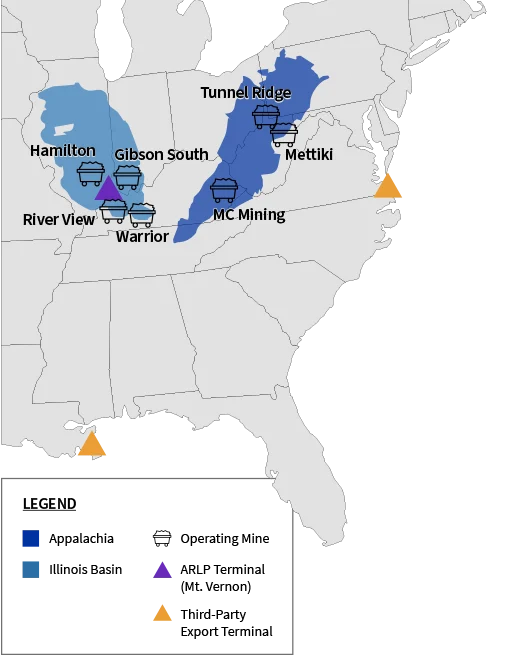What’s with the Fuzzy Jobs Data, BLS? | Independent Women’s Forum

The first Friday of every month is colloquially known as “Jobs Day” by many media and business news outlets. The federal Bureau of Labor Statistics releases estimates on employment creation or job losses for the previous month across the entire U.S. economy.
The problem with the monthly jobs report is that it’s a bunch of fuzzy numbers. The revisions upward or downward are massive, particularly during the Biden-Harris administration. It creates a frustratingly inaccurate picture of the labor market.
At IWF, our Center for Economics analyzes the report to paint a picture of how women are doing in the labor market based on different measures—unemployment rates, labor force participation, multiple job holders, and industries.
Policymakers rely on the BLS data to make critical national, state, and local decisions such as the Federal Reserve determining whether to cut interest rates or Congress targeting aid. Corporations and businesses weigh the data to assess industry trends and plan for future needs.
Under the previous Trump administration, the estimates were consistently revised upwards suggesting more jobs were created than were initially announced. White under the Biden-Harris administration, they were revised down after the fact allowing them to claim better job growth than actually occurred.
Politics should not factor into how data is calculated, but it’s easy to question whether an element of partisanship is lurking at the BLS.
When will the federal bean counters start answering questions for the American people about why the BLS monthly jobs report seems so unreliable?
That time has come. The incoming Chairman of the Senate Health, Education, Labor, and Pensions (HELP) Committee, Senator Bill Cassidy (R-LA), and Senator Susan Collins (r-AL) are demanding answers from the BLS on the questionable data in the jobs report.
In a letter to the Commissioner of the BLS, they highlighted deeply concerning stats about the monthly jobs report:
From February 2021 to Septmeber 2024…, BLS has revised it’s monthly number by an average of +/- 101,114 jobs per month…
BLS revised its initially reported number by more than 100,000 jobs on 13 different occasions during this period.
…during the entirety of the Trump and Biden-Harris Administrations, BLS has revised its monthly jobs numbers by less than 10,000 jobs only five times.
[BLS] revised those [jobs] numbers by over 100,000 on nineteen occasions.
The letter asks whether BLS needs to adjust data collection or reporting to release more accurate data. For example, does the release date need to be on the first Friday of the month, or could that date be pushed back to allow time after the Friday of the month when businesses report on their workforces? Finally, some accountability from Congress.
It’s important to note that the monthly jobs report is cobbled together from two sources: The establishment survey (the Current Employment Statistics Survey) and the household survey. The household survey conducted by the U.S. Census Bureau is based on monthly interviews of 60,000 households. The establishment survey gathers data from approximately 122,000 nonfarm businesses and government agencies and is based on payroll data (which excludes self-employed workers).
Others have called out the BLS monthly report for not only the wild swings in revisions but for being routinely out of step each month with other employment surveys. Pete Nayland Kust’s subtack All Facts Matter in February of this year broke down how the headline number in the monthly jobs report did not jive with the underlying data being reported. He opined:
At this juncture, the monthly Bureau of Labor Statistics Employment Situation Summary has become so broken and so nonsensical as to render the headline numbers utterly useless as a weather gauge of American employment.
Perhaps with pressure from the Senate, the BLS will change its data collection practices and/or reporting to paint a picture that more accurately reflects economic conditions. The trust of the American people depends on it.
Related
‘Mass layoff’: Bethesda-based Marriott to cut over 800 jobs
Marriott, a major employer headquartered in Bethesda, plans to cut more than 800 jobs. A “mass layoff” will cut 833 positions effective Ja
HSBC reportedly asks middle managers to reapply for jobs as…
HSBC has reportedly asked some managers to reapply for their jobs as part of a cost-cutting restructure.Bloomberg reported Mo
280 Pike County miners notified their jobs slated to disappear
Alliance Resources graphic TULSA, Okla. — Another 280 Pike County, Kentucky, coal mining jobs are about to disappear, this time from the MC Mining
Scout Motors touts jobs, shows off new vehicle design in…
COLUMBIA – Excitement was high as state and local lawmakers gathered late Friday for the unveiling of the first Scout Mot







/cdn.vox-cdn.com/uploads/chorus_asset/file/25739364/2184281898.jpg)

